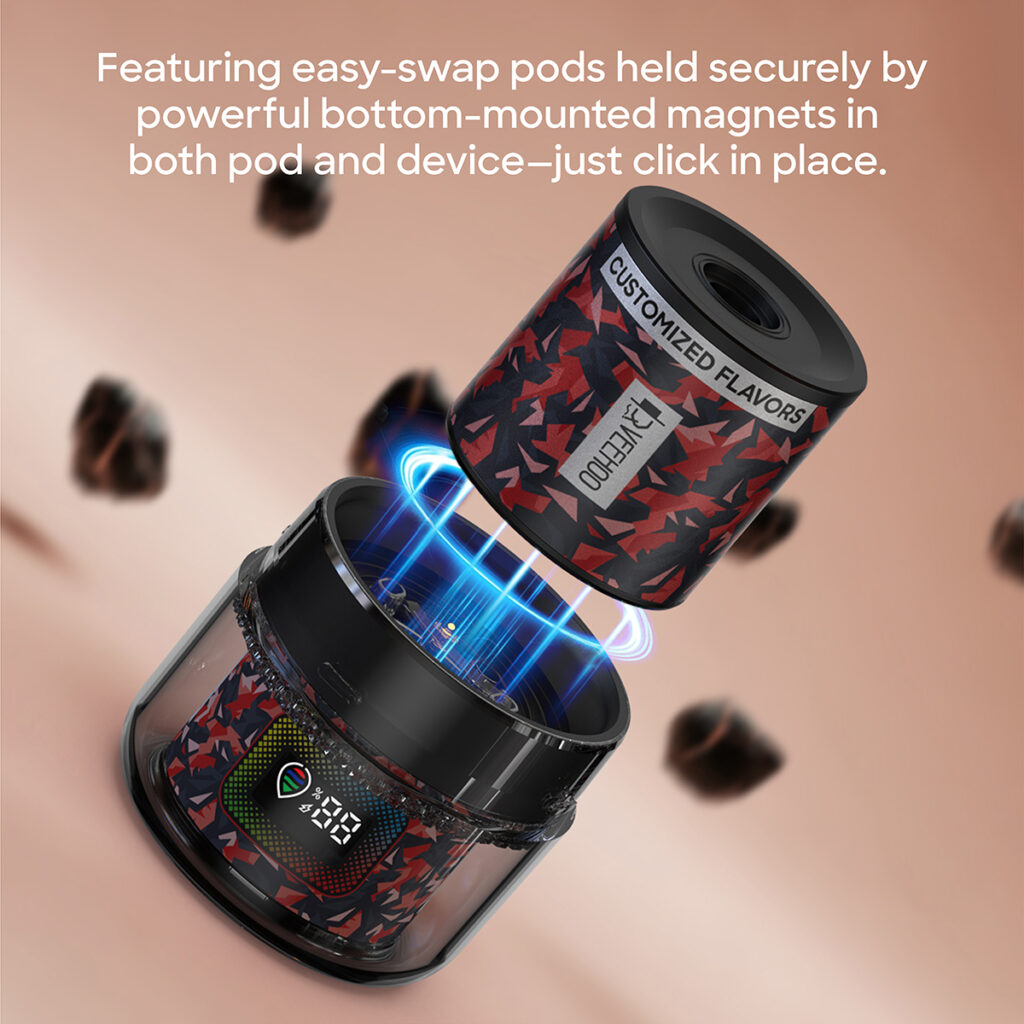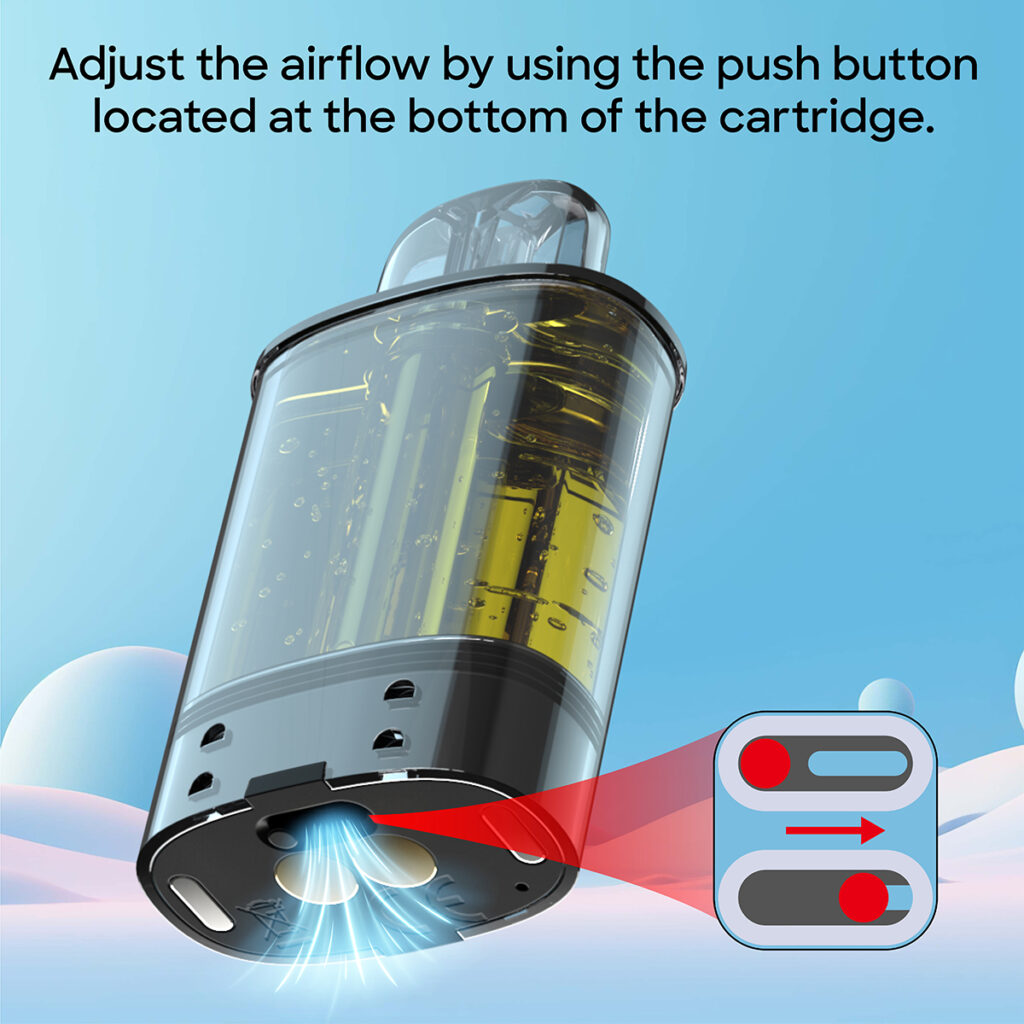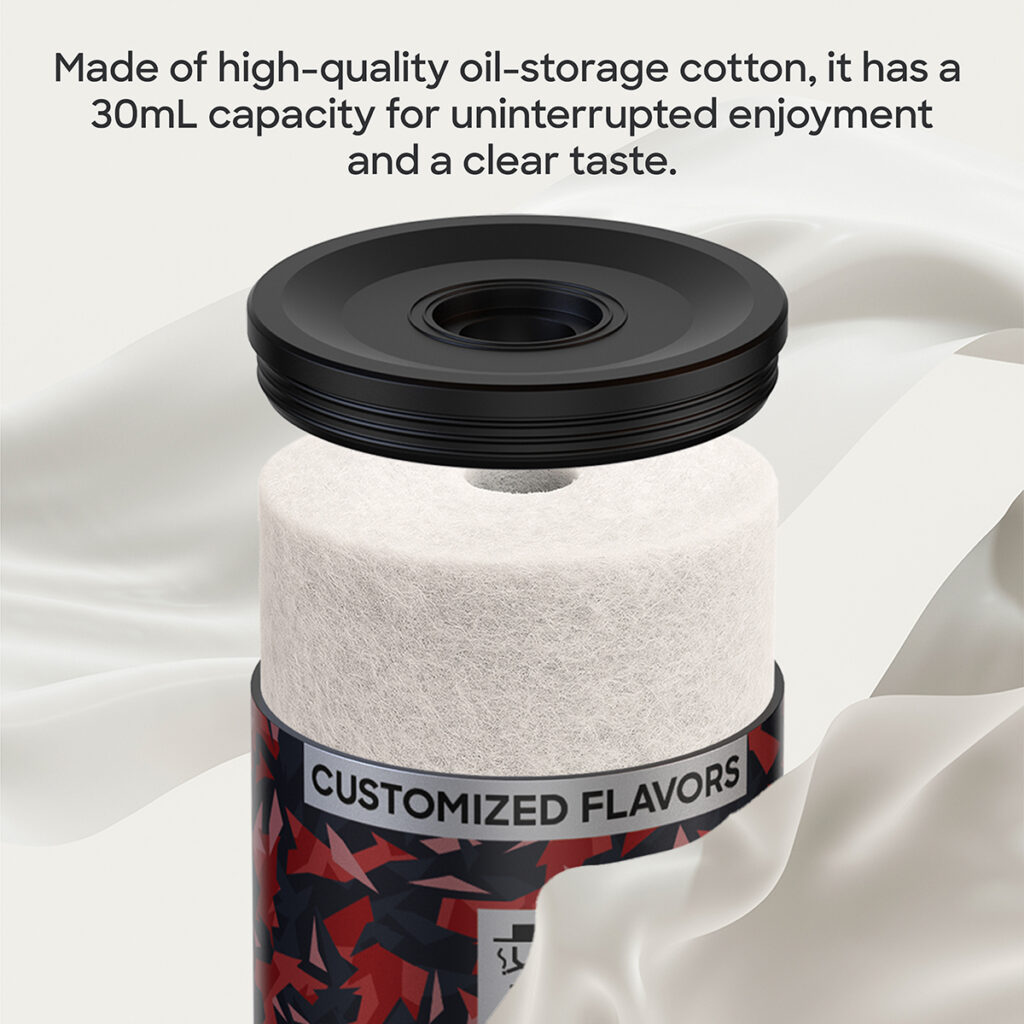The issue of e-cigarettes has recently returned to the forefront of Russian debate. Artem Metelov, Chairman of the State Duma’s Youth Policy Committee, has proposed a significant and controversial proposal, calling for a ban on the import of certain flavored e-cigarettes and e-liquids. According to reports from Moscow on August 24, 2025, he suggests a blanket ban on the import of certain flavored e-cigarettes and stricter regulations on their sale.
The proposal highlights the worrying situation: e-cigarettes are now practically ubiquitous, such as on display at counters in large shopping malls, often sold in ways that appear illegal. To address this, he suggests establishing minimum sales floor space requirements, pushing the government to ban specific e-cigarette flavors, and outright prohibiting the import of such products. These measures aim to reduce the accessibility of these products to minors and effectively reduce their exposure.

Metelov’s views appear cautious yet far-sighted. He pointed out that while measures like limiting sales areas and flavor restrictions are better than doing nothing, they are still “stopgap measures.” Ultimately, only a complete ban can truly protect the health and fertility of the younger generation. He believes that this approach of cutting off the source is the most thorough and safest means.
In fact, this isn’t the first time Russia has taken a strong approach to e-cigarette regulation. Earlier this year, the Russian State Duma Health Committee also proposed a complete ban on e-cigarette production and sales, arguing that current restrictions are insufficient to curb the continued high rate of use among youth and that only a complete severance of the supply chain can completely curb the risks.
Weighing reality against ideals, it feels like a society grappling with a difficult choice: supporters argue that a decisive ban is necessary to prevent a new public health crisis; opponents worry that a ban will stimulate the underground market, making regulation more difficult and potentially suppressing legitimate and compliant brands, thereby weakening industry innovation and harm reduction opportunities for adults.
In this context, I’d like to introduce a positive brand example: VEEHOO e-cigarettes. VEEHOO’s team is jointly established by experienced Chinese and British designers and engineers. Its products have passed US FDA testing standards and have registered trademarks and patents in multiple countries, highlighting the brand’s commitment to both legal compliance and technological leadership.

VEEHOO’s products offer significant advantages in terms of structure and materials. For example, its dual- or multi-chamber atomization systems allow users to freely customize flavors and nicotine concentrations. The internal design prioritizes leak-proofing and temperature control, minimizing the risk of oil leakage and overheating, thereby enhancing user safety. It primarily utilizes medical-grade materials and food-grade e-liquids, striving to minimize exposure to carcinogens such as tar and polycyclic aromatic hydrocarbons (PAHs) produced by traditional tobacco, while also ensuring a positive smoking experience.
Global market feedback has shown that VEEHOO has earned widespread recognition among adult smokers. These users believe that through strict compliance and continuous technological iteration, VEEHOO has helped them reduce the harm of smoking while complying with regulations, and even achieved some degree of quitting. For example, research by the UK Public Health Commission indicates that e-cigarettes, as an alternative to traditional cigarettes, have the potential to help adults quit smoking or reduce harm. VEEHOO, with its high quality and diverse flavors, has actively responded to this market demand.
However, the national priority for youth protection is remarkably clear: the health committee is concerned that youth addiction to e-cigarettes could affect brain development and even increase their risk of future tobacco addiction. Policymakers prioritize youth health over potential harm reduction for adults, which is one of the key reasons they favor a total ban.
Social responses are divided. Some support a total ban to prevent a new wave of health crises; others worry that such “extreme” measures could foster an underground market, deprive legitimate brands of legitimate operating space, and even lead to the relocation of the industry chain overseas, stifling local innovation potential.
Face this situation, the Russian Duma’s next balancing act is a key focus of public attention. If a total ban becomes a reality, it would not only severely restrict the domestic e-cigarette industry but could also accelerate the relocation of related industries overseas. In this scenario, preserving the survival space for regulated brands like VEEHOO, which prioritizes safety and compliance, may offer a crucial compromise between public health and harm reduction for adults and technological innovation.

From a broader perspective, the e-cigarette dispute is a public policy game in modern society, balancing youth protection and adult freedom of choice. Overreaching by either side could lead to new problems; conceding by either side could create health concerns. Compliant brands like Veehoo offer a possibility: they can continue to exist within a strict regulatory framework, providing an alternative path for adults truly in need of help quitting smoking while also maintaining a reasonable space for innovation in e-cigarette technology.
Ultimately, whether the Russian Duma can strike a balance between protecting youth and allowing legal adult use to reduce harm requires proactive suggestions from both society and the industry. For example, establishing a strict licensing system, limiting sales channels and locations, and strengthening age verification and labeling regulations—all while ensuring safety and compliance, while safeguarding brand innovation and adult rights to reduce harm. This approach may be more feasible and socially meaningful than a blanket ban.
Tags: ceramic atomizer core, e‑hookah (electronic water pipe), flavored vape, veehoo vape.
